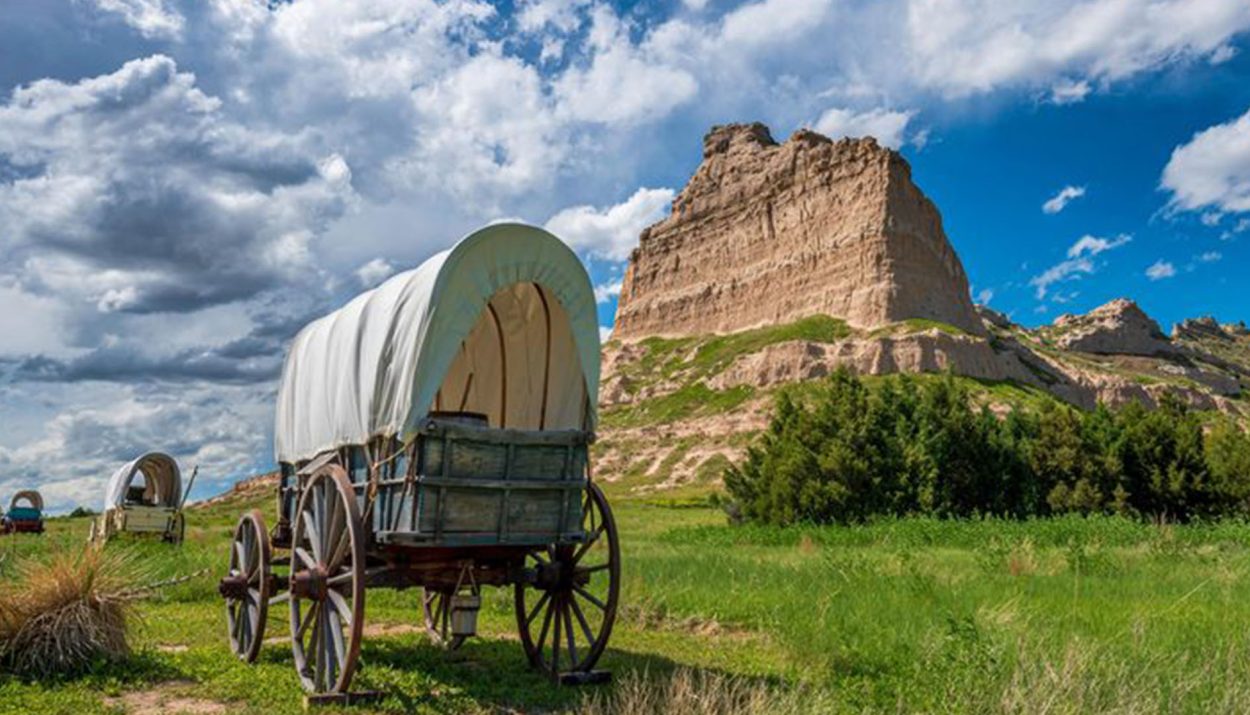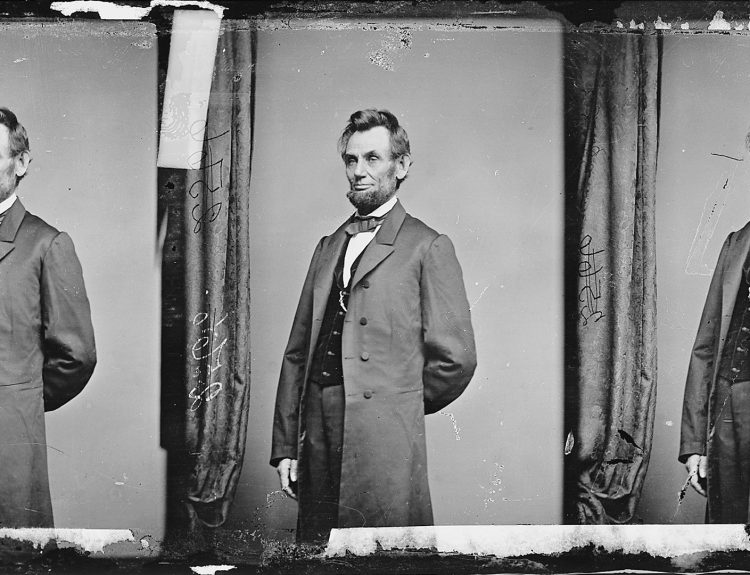The National Park Service calls the Oregon Trail the “nation’s longest graveyard.” That’s because, on this 2,000-mile journey, there were around 65,000 deaths over a 25-year stretch. That’s a headstone for every 50 yards of the trail!
1. Although each of the following is an option, which animal is preferable to pull your cart?

A. Cows
B. Horses
C. Mules
D. Oxen
Answer: D. Oxen

Insight: Oxen were the champions of wagon pulling, despite their slower pace. Unlike mules, they were easygoing and didn’t require high-quality food. However, their impressive strength meant a large wagon needed a team of six oxen to get moving.
2. The daily menu on the Oregon Trail didn’t vary much. What can you expect from a typical breakfast?

A. Coffee, bacon, and dry bread
B. Cappuccino, croissant, and an orange
C. Eggs, bread, and hashbrowns
D. Granola and dried fruit
Answer: A. Coffee, bacon, and dry bread
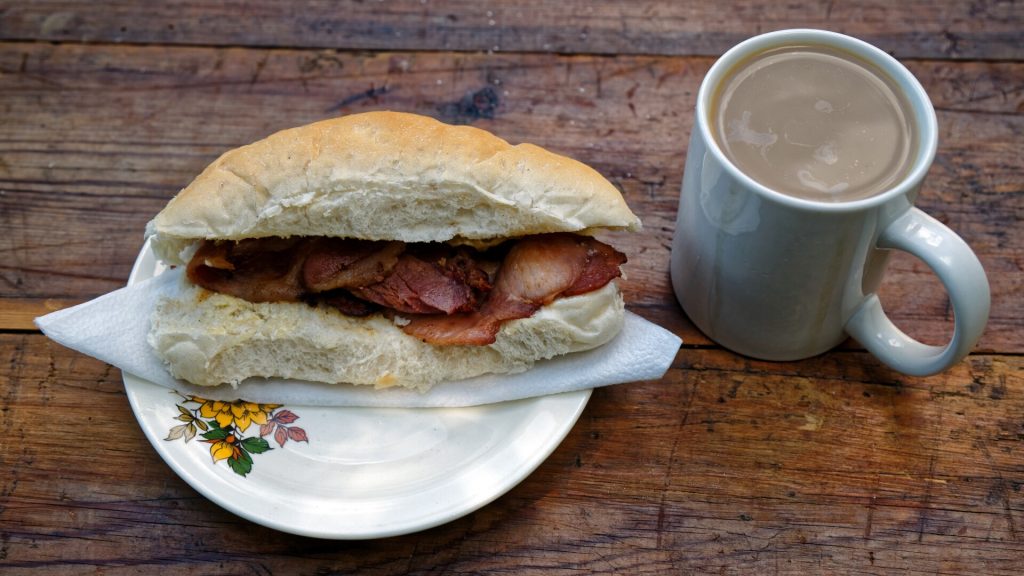
Insight: Forget fancy croissants – this breakfast is all about the classics. Coffee, bacon, and maybe some toast will be your fuel for the day. It’s simple, but sometimes that’s all you need.
3. The intense desert heat even causes your wagon’s wooden wheels to shrink. What should you do with them at night to keep the iron rims from rolling off?

A. Cool them in the icebox
B. Put them by the fire
C. Stretch them with ropes
D. Soak them in the river
Answer: D. Soak them in the river

Insight: Beyond wind and hail, the desert’s intense heat posed a unique threat. It could shrink wooden wagon wheels, causing the iron rims to loosen and potentially fall off. To combat this, clever pioneers soaked their wheels in rivers at night, preventing them from drying out and warping.
4. A journey takes around 4 to 6 months. When is the best time to travel?
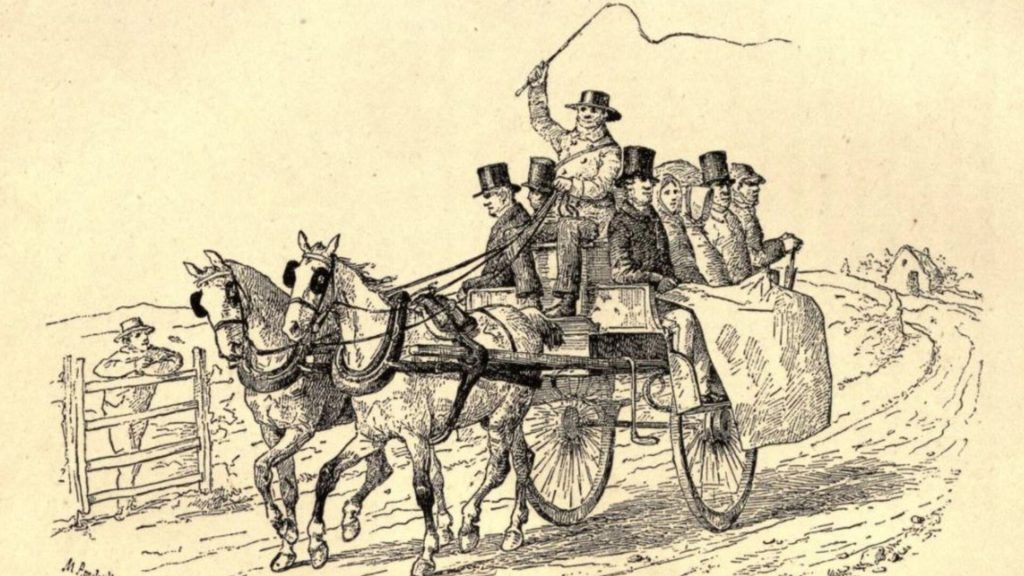
A. June to December
B. October to March
C. February to July
D. April to September
Answer: D. April to September

Insight: Westward travel takes time! With harsh winter temperatures to avoid, aim for a trip between April and September. This timeframe offers the best window for a comfortable journey.
5. The Oregon Trail game always gives players dysentery, but what disease was one of the worst and most fatal?

A. Cholera
B. Smallpox
C. Covid-19
D. Flu
Answer: A. Cholera
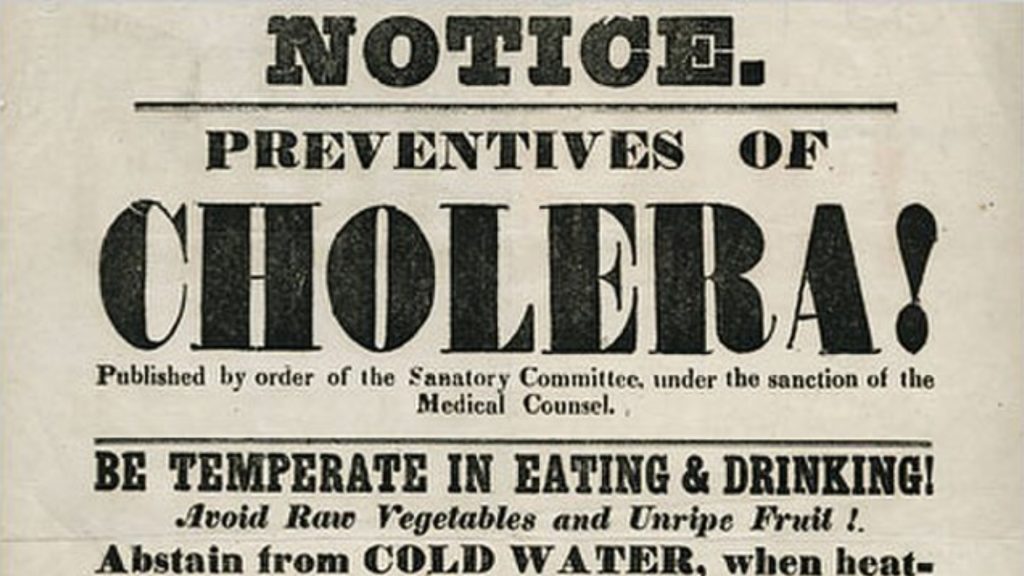
Insight: Cholera, a deadly disease spread by contaminated water, stalked the Oregon Trail. Nicknamed the “unseen destroyer,” it could strike swiftly, turning a seemingly healthy person ill within a day. These unsanitary conditions made cholera a constant threat to travelers venturing west.
6. Food = Energy. What is NOT amongst the food supplies to pack?

A. Bacon
B. Cheese
C. Flour
D. Rice
Answer: B. Cheese

Insight: Pioneers prioritized packing non-perishable staples for their journey. Flour, sugar, salt, rice, cornmeal, baking soda, and vinegar formed the base of their diet. Many also brought along shelf-stable options like crackers, dried beans, fruit, coffee, and bacon. For the resourceful, even eggs made the trip nestled in shock-absorbing cornmeal.
7. If you’re going to survive, you should probably know how pioneers usually die. What are the two main causes of death along the trail?

A. Disease and accidents
B. Accidents and fighting
C. Fighting and starvation
D. Starvation and cold
Answer: A. Disease and accidents

Insight: The journey was perilous. A staggering 10% of travelers on the trail succumbed to disease or accidents. This percentage shows the harsh realities of this historic route.
8. You’re crossing the Snake River Desert. Your ox’s hoof splits. What should you cure it with?
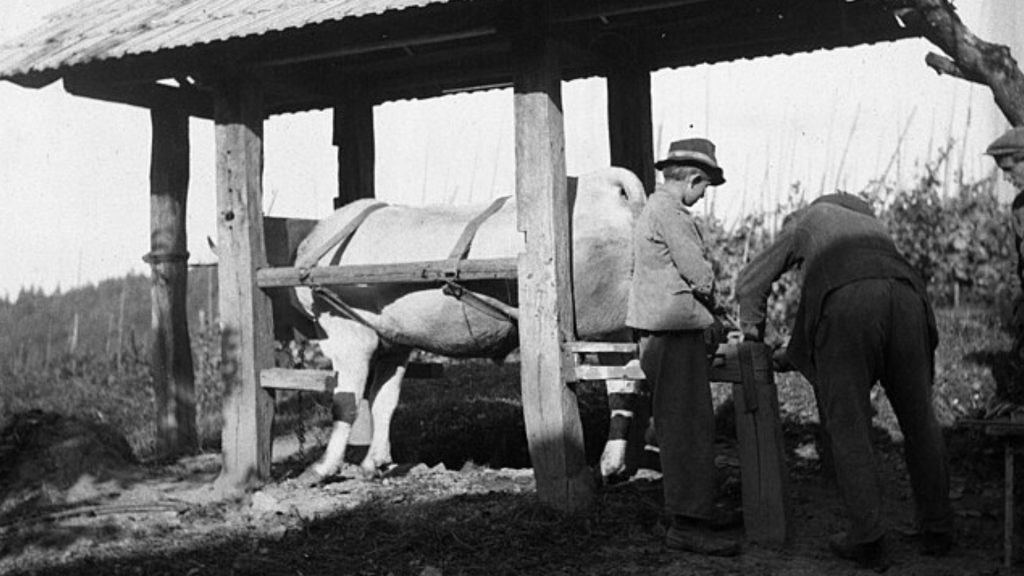
A. Hoof-patching glue
B. Screws
C. Hot tar
D. A bandaid
Answer: C. Hot tar
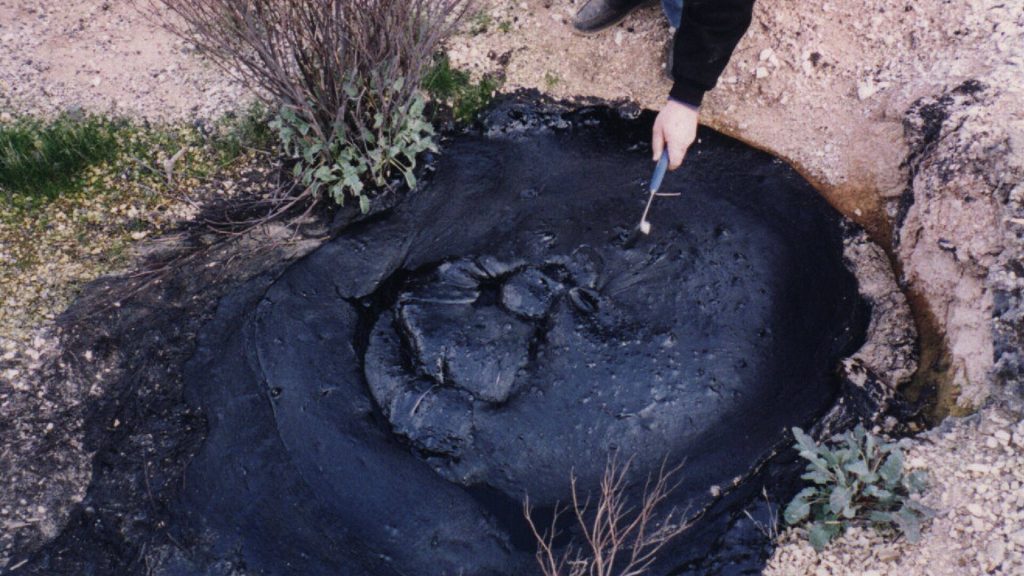
Insight: The dusty Oregon Trail posed a constant challenge for animals. Plodding through deep sand wore down hooves and caused shoes to come loose. But pioneers had a surprising solution: hot tar! This harsh remedy hopefully helped mend the animals’ feet and keep them moving along the demanding journey.
9. Need to churn butter? What’s the lowest-energy way to do it?
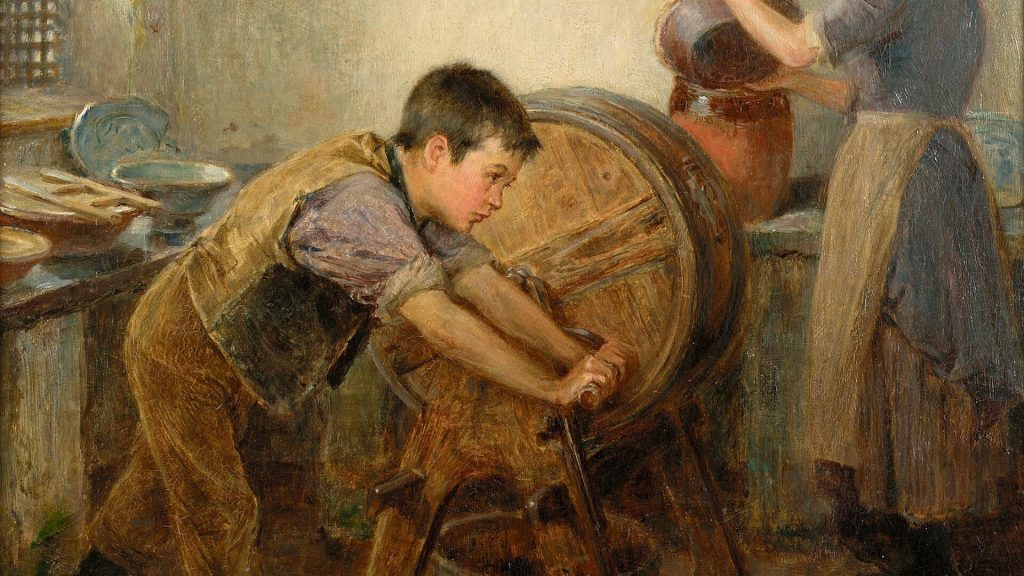
A. Tell Greg to do it
B. Hang milk below the wagon
C. Get a butter churner
D. With a spoon and bowl
Answer: B. Hang milk below the wagon

Insight: No butter churn? No problem! The bumpy wagon ride does the trick for Oregon Trail travelers. Just hang pails of milk underneath, and by nightfall, you’ll be churning out fresh butter thanks to the jostling journey.
10. Time to load up your wagon. What’s NOT on that list?
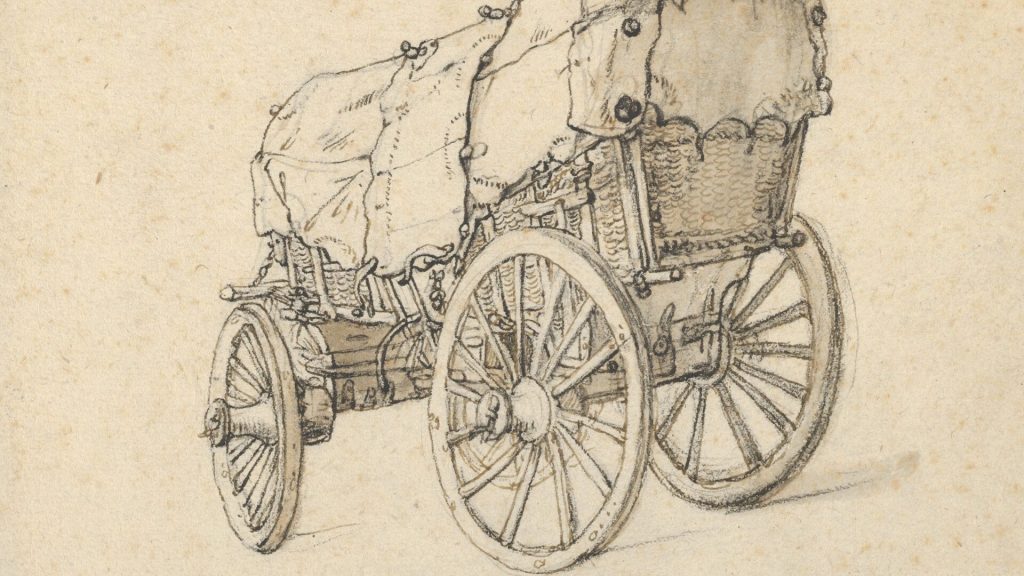
A. Coffee grinder
B. Spare wagon parts
C. Dutch oven
D. Bed
Answer: D. Bed

Insight: Pioneers packed their wagons for survival, not comfort. Along with essential cooking supplies like Dutch ovens and pans, they carried blankets, tools, and repair parts for the long journey. Guns, ammunition, and rope ensured they could handle the challenges of the untamed frontier.
11. Up ahead’s a river crossing. What is NOT a viable option for traversing the river?
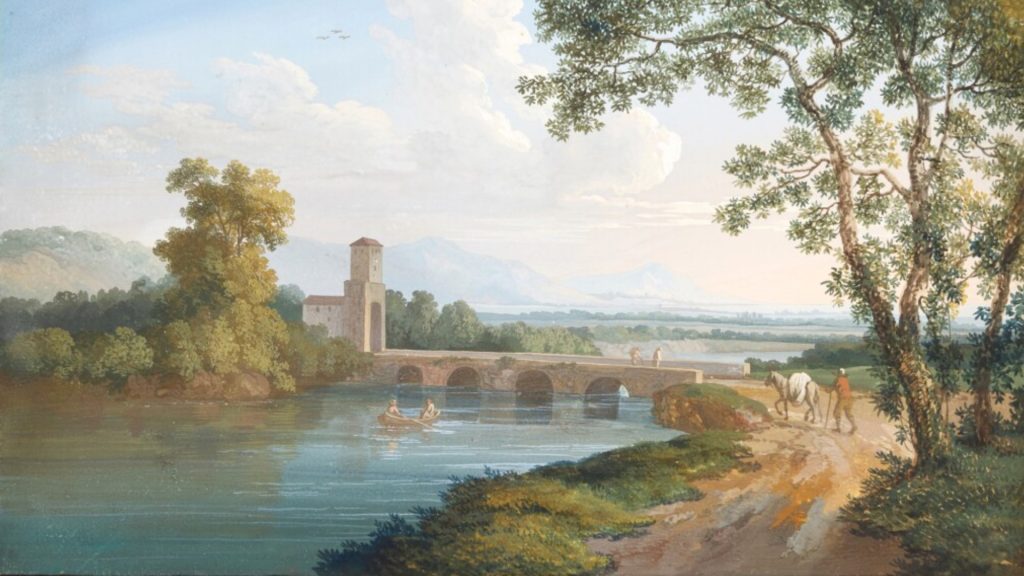
A. Raise the wagon by putting blocks on the axles
B. Hitch one wagon to eight or more teams
C. Caulk the wagon and float it across
D. Building a bridge
Answer: D. Building a bridge

Insight: Crossing rivers was a challenge for emigrants. They either caulked their wagons to float, raised them on blocks to create makeshift rafts, or used a powerful eight-horse team to ensure some wheels remained on solid ground for better control.
12. Don’t get lost before you even begin. If you’re setting out from the trailhead, where are you launching from?

A. Oregon City, Oregon
B. Kearney, Nebraska
C. Wichita, Kansas
D. Independence, Missouri
Answer: D. Independence, Missouri

Insight: The Oregon Trail wasn’t a single path, but a network of routes leading from Independence, Missouri, westward to Oregon City. Winding through Kansas, Nebraska, Wyoming, and Idaho, it served as a major migration route for hundreds of thousands in the mid-19th century.
13. At a journey of 2,000 miles, how many miles a day did emigrants travel on average?
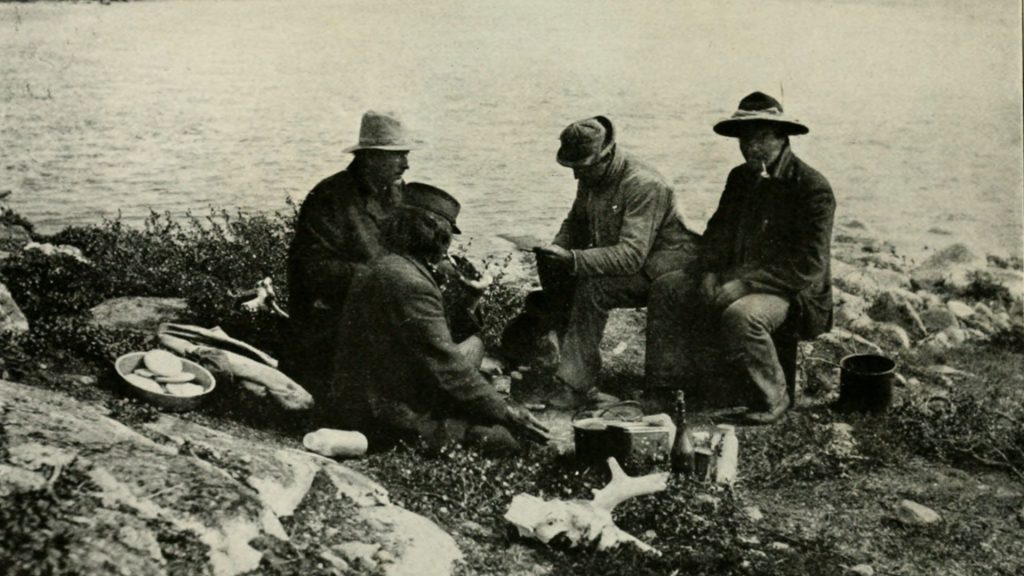
A. 60 miles
B. 30 miles
C. 15 miles
D. 5 miles
Answer: C. 15 miles

Insight: The journey was a tiring slog, averaging 15 miles a day. Occasionally, the emigrants would push themselves even further, managing up to 20 miles.
14. The air is so dry, your lips have split. Unfortunately, no chapstick! What can you use instead?

A. Olive oil
B. Axle grease
C. Butter
D. Burt’s Bees Lipbalm
Answer: B. Axle grease
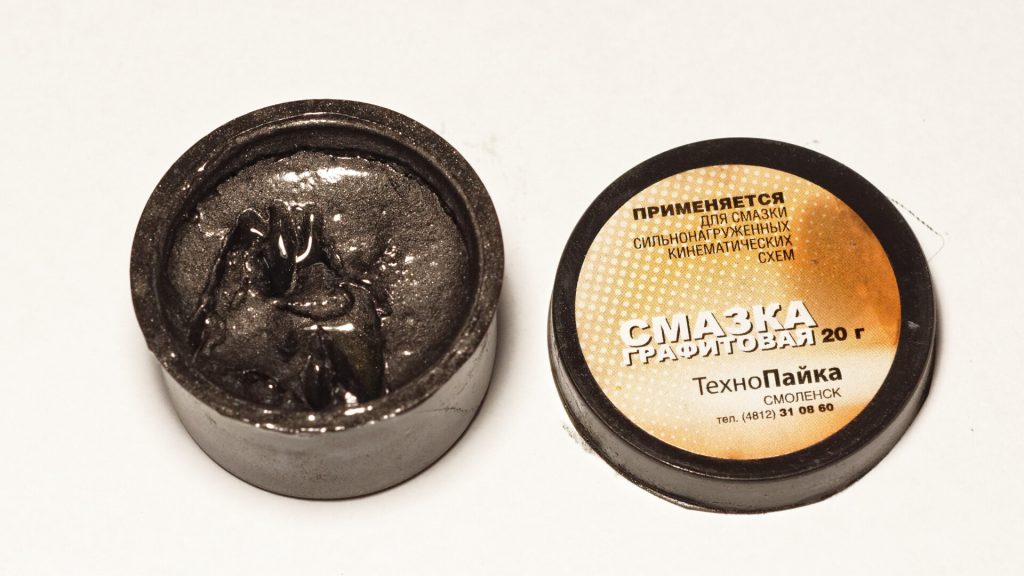
Insight: Cracked lips were a constant worry for pioneers thanks to the dry air. To ease the painful chapping, they often resorted to using axle grease as a makeshift lip balm.
15. You need to stick to a schedule. When should your day begin and end on the trail?

A. 8 AM to 8 PM
B. 12 PM to 10 PM
C. 6 AM to 6 PM
D. 4 AM to 8 PM
Answer: D. 4 AM to 8 PM
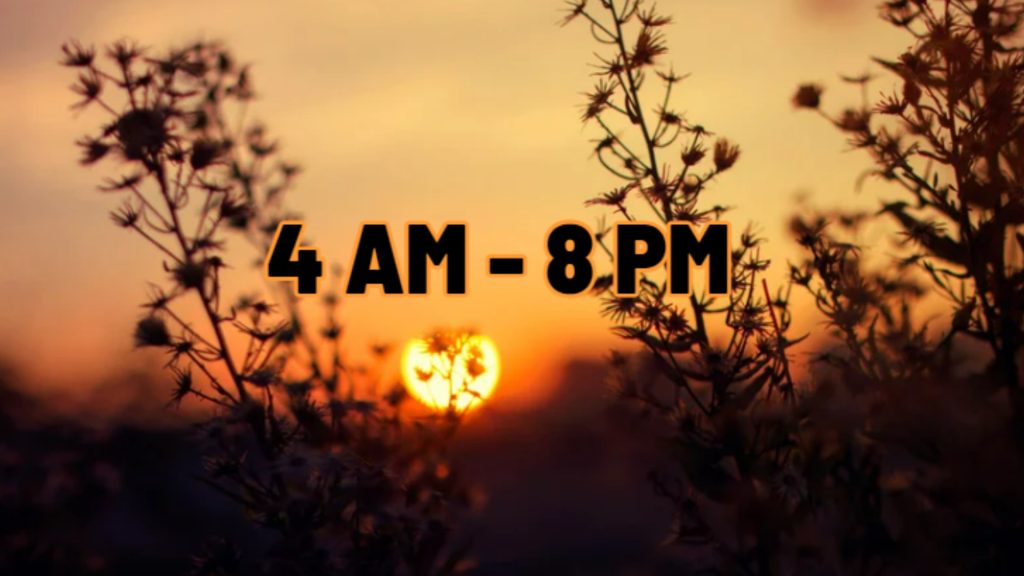
Insight: Expect to rise with the sun! Reveille calls around 4 am kicked off mornings for packing, breakfast, and hitting the trail by 7 am. Days ended by 5 pm, with campsites chosen, dinners cooked, and everything set up for the night by 8 pm.
16. If spaced out evenly along the trail, what would be the distance between grave heads for each emigrant who died?

A. Every 50 yards
B. Every 10 miles
C. Every mile
D. Every 100 miles
Answer: A. Every 50 yards

Insight: Nicknamed “this nation’s longest graveyard” by the National Park Service, the Oregon Trail’s harsh journey claimed an estimated 65,000 lives over 25 years. With death striking roughly every 50 yards along the 2,000-mile route, the stark reality of the trail’s difficulty becomes tragically clear.
17. Not only did the journey take a physical toll; it took an emotional one. What did the emigrants call items they had to leave behind to lighten the load?
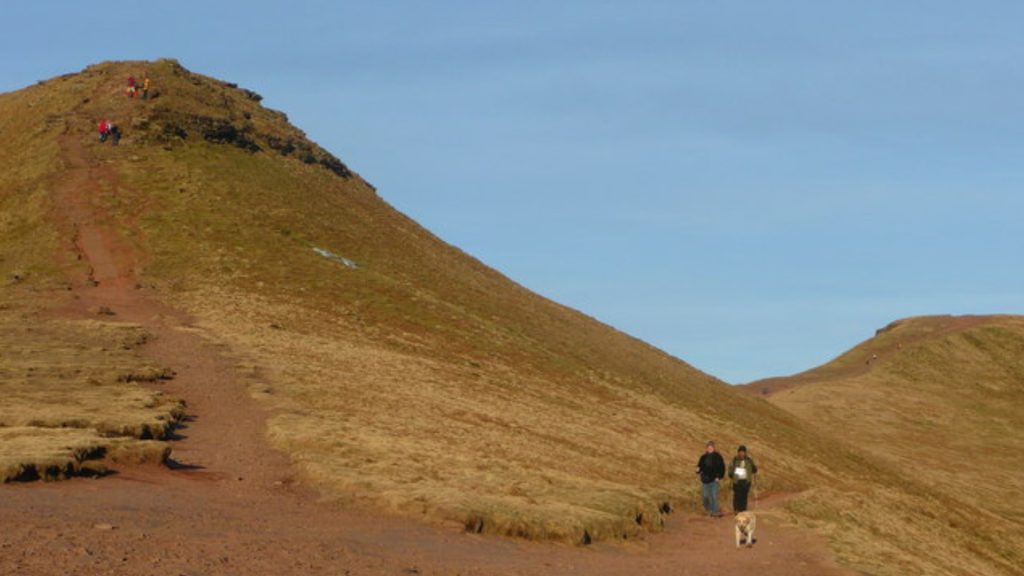
A. Lost and found
B. Sentimentalities
C. Leeverites
D. Unkept keepsakes
Answer: C. Leeverites
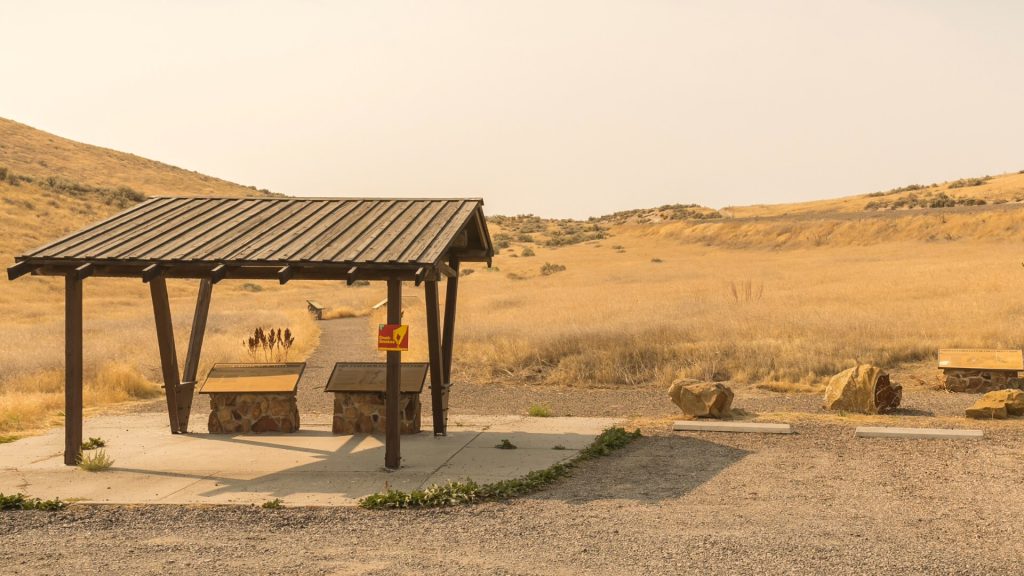
Insight: Faced with the harsh realities of the trail, pioneers often had to make heartbreaking choices. Valued possessions, like wedding gifts or keepsakes, were sometimes abandoned to lighten their load. These unwanted items, nicknamed “leeverites,” became a common sight littering the path westward.
18. The Oregon Trail was dominated by parties of covered wagons. How many people, on average, rode inside?

A. 0-1
B. 5-7
C. 10-12
D. 2-4
Answer: A. 0-1

Insight: The answer is 1. Early wagons bounced fiercely, with just springs under the driver’s seat. Most passengers opted to walk alongside to avoid the jolts and potential nausea.
19. Boy howdy, not another rattlesnake bite! What’s your first step to treat the wound?

A. Wash the wound and apply a bandage
B. Suck the venom out
C. Call American Red Cross
D. Keep the injured area higher than the heart
Answer: A. Wash the wound and apply a bandage

Insight: If you encounter a rattlesnake bite victim, stay calm and prioritize slowing the venom’s spread. Wash the wound, apply a loose bandage, and keep the bitten limb below the heart. Forget Hollywood myths about sucking venom – it’s too fast-acting. Once you’ve taken these steps, get the victim to medical care as quickly as possible.
20. Watch out for that tree! Which of the following was NOT one of the four main accidents faced by emigrants?

A. Being crushed by wagon wheels
B. Rattlesnake bites
C. Shootings
D. Drownings
Answer: B. Rattlesnake bites
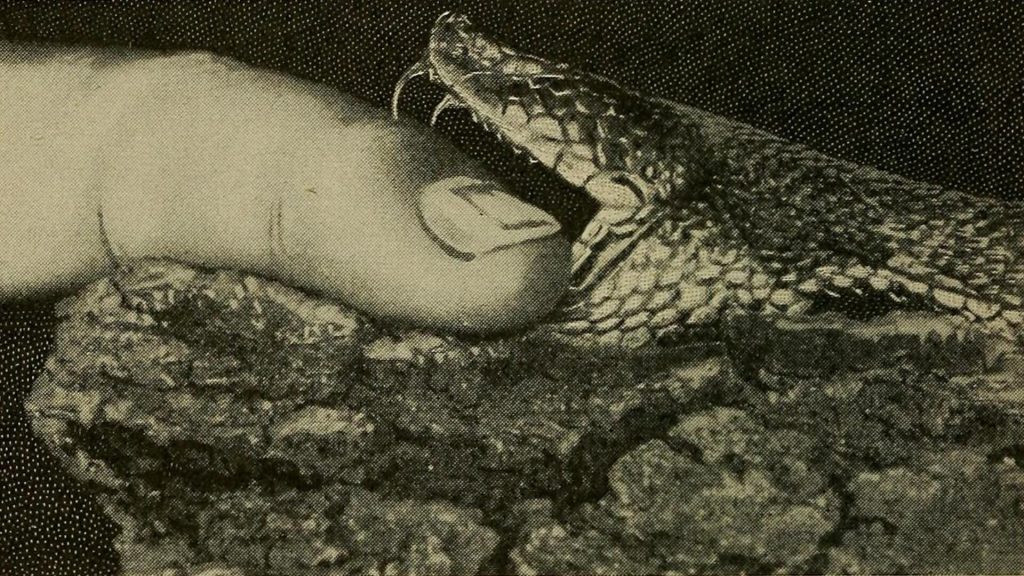
Insight: Traveling the Oregon Trail was no walk in the park. Accidents like drownings, shootings, getting trampled by wagons, or injuries from livestock were common dangers. Exhaustion, bad weather, and carelessness often contributed to these mishaps.

